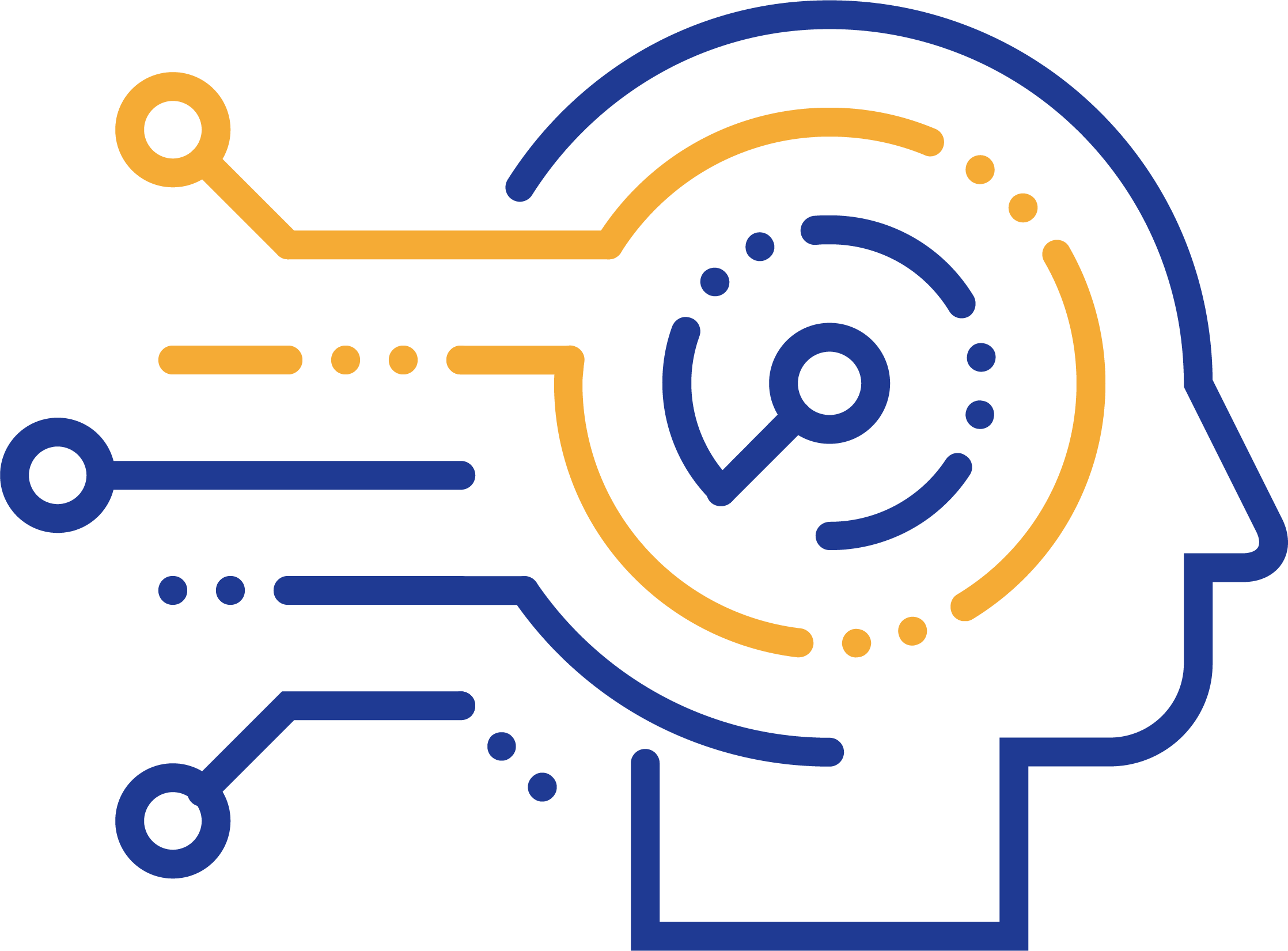What is IoT Analytics?
IoT analytics refers to the process of collecting, storing, and analyzing data generated by Internet of Things (IoT) devices. IoT devices are connected devices that generate a vast amount of data and are used in various industries such as manufacturing, healthcare, retail, and more. IoT analytics enables organizations to make better-informed decisions, improve operations, and optimize processes by gaining insights into the data generated by IoT devices.
Importance of IoT Analytics in Business
IoT analytics is becoming increasingly important for businesses as the number of connected devices continues to grow. By analyzing data generated by IoT devices, organizations can gain valuable insights into their operations and make data-driven decisions to improve efficiency, reduce costs, and drive innovation. Additionally, IoT analytics can help businesses to monitor and control their devices, ensuring they are functioning optimally and providing accurate data.
Types of IoT Analytics
- Predictive Analytics: Involves using data, statistical algorithms, and machine learning techniques to identify the likelihood of future outcomes based on historical data. In the context of IoT, predictive analytics can be used to anticipate future events and potential issues, allowing organizations to take proactive measures to prevent problems from occurring.
- Descriptive Analytics: Involves the summarization and interpretation of historical data to understand the past and present. In the context of IoT, descriptive analytics can be used to identify trends, patterns, and relationships in the data generated by IoT devices.
- Prescriptive Analytics: Involves using mathematical models and algorithms to determine the best course of action in a given situation. In the context of IoT, prescriptive analytics can be used to make recommendations and provide solutions to improve operations and processes based on the insights obtained from the data generated by IoT devices.
How Data Analytics is Used in IoT
- Monitoring and Controlling Devices
- IoT analytics can be used to monitor the performance of IoT devices, ensuring they are functioning optimally and providing accurate data. This helps organizations to quickly identify and resolve any issues that may arise, ensuring that their operations continue to run smoothly.
- Improving Operations
- By analyzing the data generated by IoT devices, organizations can gain valuable insights into their operations and identify areas for improvement. For example, organizations can use IoT analytics to optimize their supply chain, improve energy efficiency, or reduce waste.
- Making Data-Driven Decisions
- IoT analytics provides organizations with the data and insights they need to make informed decisions. By analyzing the data generated by IoT devices, organizations can make data-driven decisions to improve efficiency, reduce costs, and drive innovation.
Is IoT Analytics Reliable?
The reliability of IoT analytics depends on several factors, including the quality and accuracy of the data generated by the IoT devices, the storage and management of that data, and the algorithms and models used for analysis. It's important for organizations to use high-quality IoT devices and implement effective data management processes to ensure the reliability of their IoT analytics.
Example of IoT Data Analytics
One of the most common use cases for IoT data analytics is predictive maintenance. Predictive maintenance leverages IoT analytics to monitor the performance of equipment and predict when maintenance is required. This approach can be used in a wide range of industries, including manufacturing, energy, and transportation.
For example, in the manufacturing industry, predictive maintenance can help organizations reduce downtime and improve efficiency by scheduling maintenance at a time that is convenient. By using IoT analytics, organizations can also identify potential issues before they occur, preventing equipment failure and improving overall reliability.
In addition to predictive maintenance, IoT data analytics can also be used for other purposes such as:
- Inventory management: IoT analytics can help organizations manage their inventory more effectively by tracking stock levels and predicting when they will run low.
- Energy optimization: IoT analytics can be used to optimize energy consumption in buildings and other facilities by monitoring energy usage patterns and identifying opportunities to reduce consumption.
- Predictive sales: IoT analytics can be used to predict sales patterns and adjust production accordingly, reducing waste and improving overall efficiency.
These are just a few examples of the many potential applications of IoT data analytics. With its ability to unlock valuable insights from large amounts of data generated by IoT devices, IoT analytics has the potential to transform many industries and help organizations make better decisions.
Major Components of IoT Systems
- Devices and Sensors
- The devices and sensors component of IoT systems includes all of the physical devices and sensors that generate and collect data.
- Network Connectivity
- The network connectivity component of IoT systems refers to the communication infrastructure that connects the devices and sensors, allowing them to send and receive data.
- Data Storage and Management
- The data storage and management component of IoT systems refers to the systems and processes used to store and manage the data generated by the devices and sensors. This includes data backup and recovery processes, as well as data security and privacy measures.
- Analytics and Processing
- The analytics and processing component of IoT systems refers to the algorithms and models used to analyze and process the data generated by the devices and sensors. This includes data visualization tools and machine learning algorithms.
- User Interfaces and Dashboards
- The user interfaces and dashboards component of IoT systems refers to the interfaces and dashboards used by organizations to access, analyze, and act on the data generated by the devices and sensors.
IoT analytics is an important tool for organizations looking to improve their operations and make data-driven decisions. With the right combination of devices, network connectivity, data storage and management, analytics and processing, and user interfaces and dashboards, organizations can unlock the full potential of IoT to drive innovation and improve efficiency.

